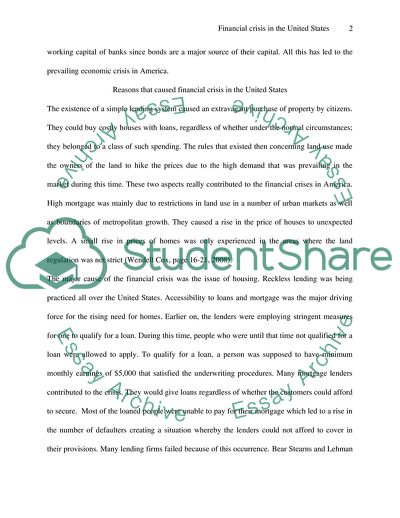Cite this document
(Financial Crisis in the United States Case Study, n.d.)
Financial Crisis in the United States Case Study. https://studentshare.org/finance-accounting/1718430-the-reasons-cause-financial-crisis-in-the-united-states
Financial Crisis in the United States Case Study. https://studentshare.org/finance-accounting/1718430-the-reasons-cause-financial-crisis-in-the-united-states
(Financial Crisis in the United States Case Study)
Financial Crisis in the United States Case Study. https://studentshare.org/finance-accounting/1718430-the-reasons-cause-financial-crisis-in-the-united-states.
Financial Crisis in the United States Case Study. https://studentshare.org/finance-accounting/1718430-the-reasons-cause-financial-crisis-in-the-united-states.
“Financial Crisis in the United States Case Study”. https://studentshare.org/finance-accounting/1718430-the-reasons-cause-financial-crisis-in-the-united-states.


